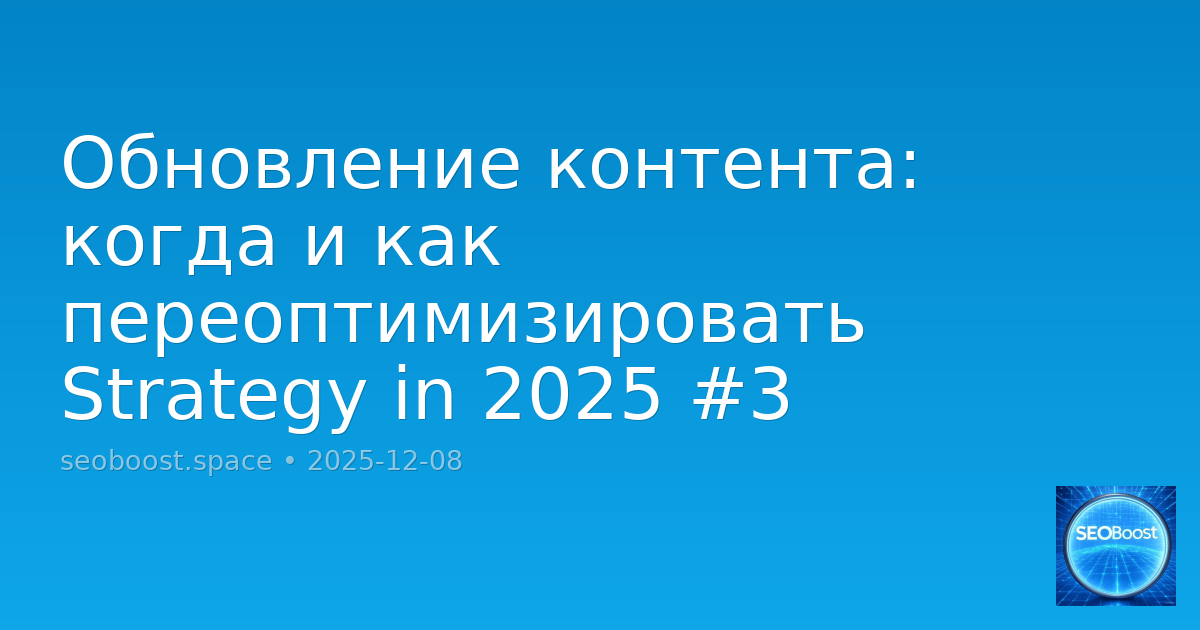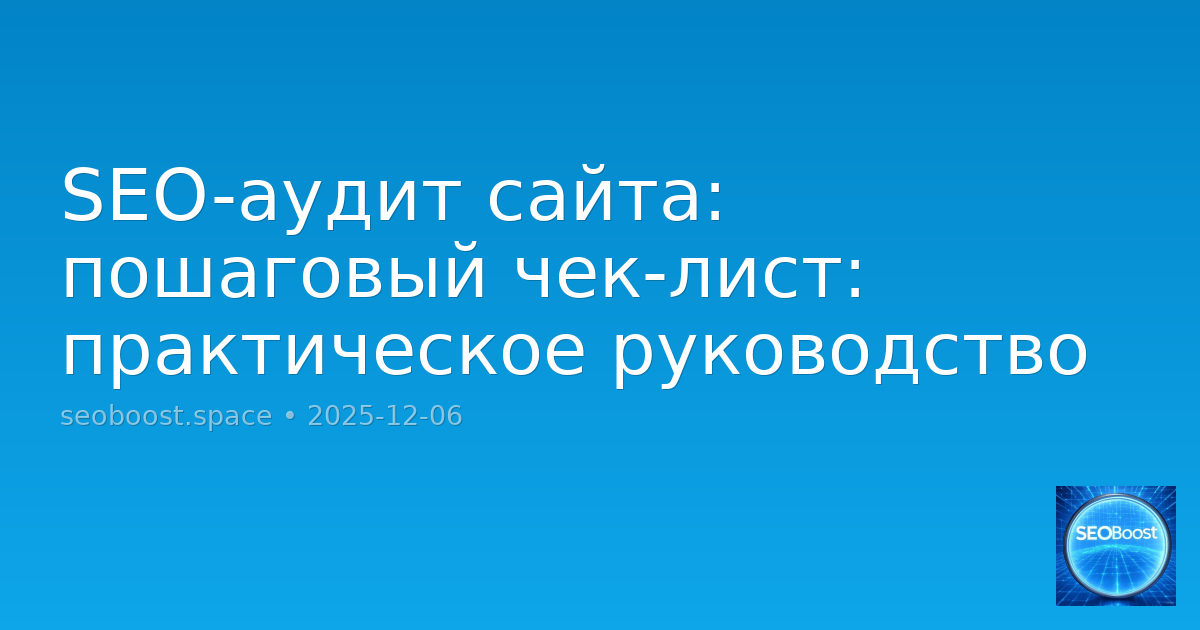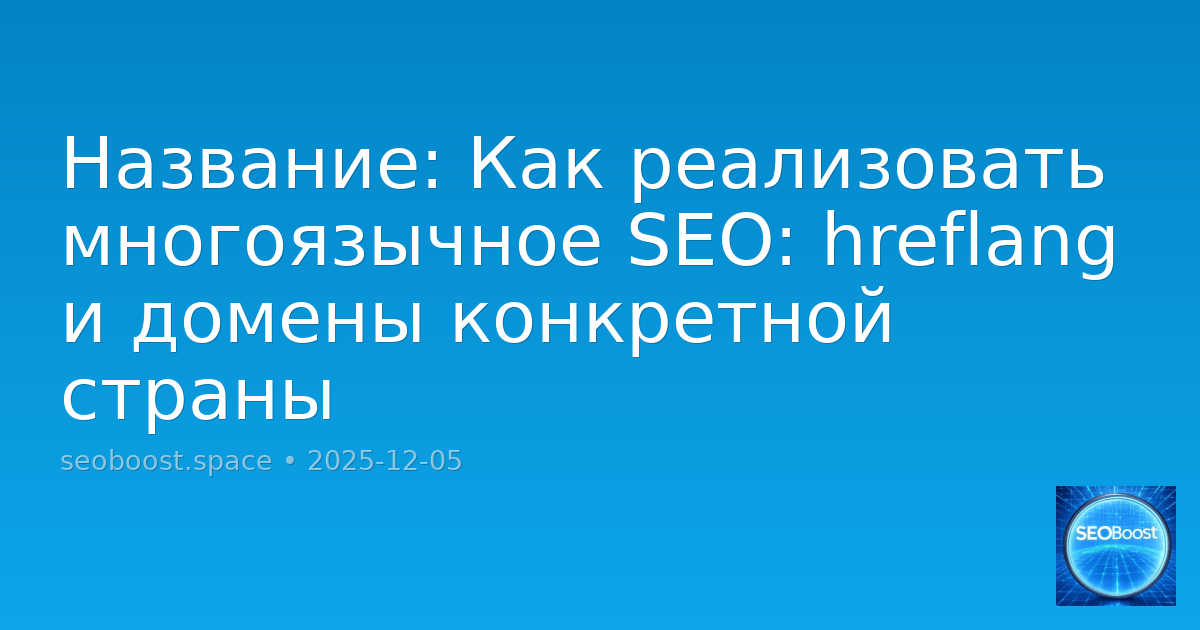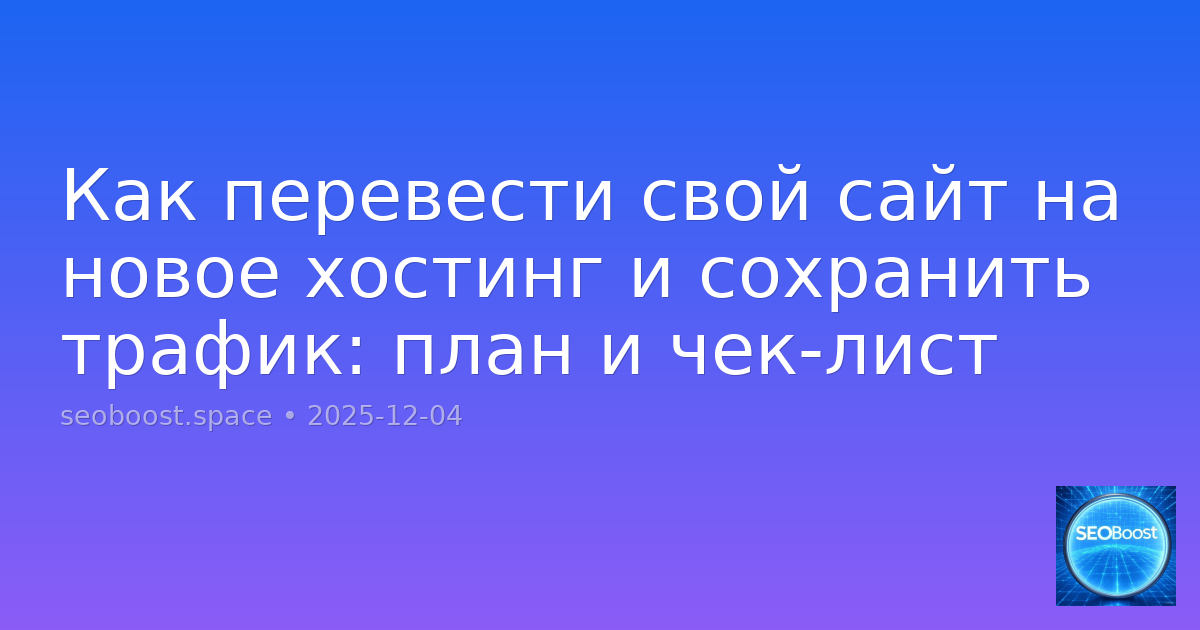Deep Dive into On-Page SEO: мета-теги, заголовки и структура
Опубликовано: 2025-10-03 21:00:30
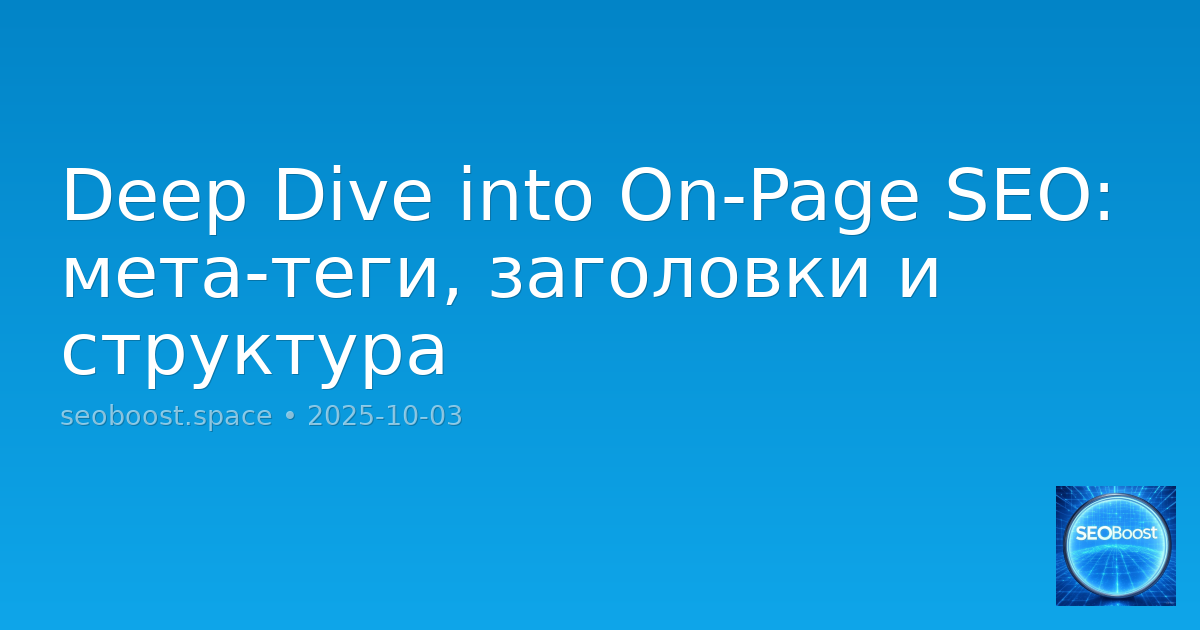
Introduction
Search engine optimization (SEO) is a crucial component of any digital marketing strategy. While off-page SEO techniques like link building and social media marketing are vital for online visibility, on-page SEO is equally important. On-page SEO refers to the process of optimizing elements on a website to make it more search engine friendly. It involves improving the website’s content, structure, and style to boost its ranking on search engine results pages (SERPs). Two essential on-page SEO elements are meta tags and headings. Meta tags are snippets of code that provide search engines with information about a web page’s content, while headings help users navigate the page. This article will discuss how to optimize these elements for better search engine rankings.
1. Understand the Purpose of Meta Tags
Meta tags are snippets of code that describe a web page’s content. They are not displayed on the page but are visible to search engines. Meta tags help search engines understand the page’s content and improve its ranking. They include the title tag, description tag, and keyword tag. The title tag should accurately reflect the page’s content and include the primary keyword. Keep it under 60 characters and avoid keyword stuffing. Use your brand name at the end to prevent competitors from stealing your brand identity. Use the description tag to summarize the page’s content and include a call-to-action. The keyword tag is optional and should not be repeated elsewhere.
2. Use Heading Tags for Structure
Headings (H tags) help users navigate the page and search engines understand its content. Use H1 to H6 tags for structure, with H1 as the main heading. Use only one H1 tag per page, and include the primary keyword. Use H2-H6 tags for subheadings and include secondary keywords. Use headings logically and keep them short.
3. Optimize Images
Images should have alt tags, file names, and captions. Use descriptive file names and compress them to reduce page load time. Use relevant keywords in alt tags and captions. Use descriptive filenames and avoid using ‘image’ or ‘picture.’
4. Optimize URLs
Use descriptive URLs that include keywords and avoid underscores and spaces. Use hyphens to separate words. Keep it short and under 255 characters.
5. Optimize Internal Links
Use descriptive anchor text for internal links, and avoid generic phrases like ‘click here.’ Use keywords and keep it under 50 characters.
6. Use Robots.txt
Use this file to prevent search engines from crawling unwanted pages. Use the ‘Disallow:’ command to exclude pages, and ‘Sitemap:’ to list all pages.
7. Optimize for Mobile Devices
Use a responsive design, and ensure it is mobile-friendly. Use the ‘viewport’ tag for optimal display.
8. Use HTTPS
Ensure secure browsing and SSL encryption.
9. Use Structured Data Markup
Use schema.org to provide search engines with information about the page’s content.
10. Use Google Search Console
Monitor search traffic and optimize content for search queries.
Conclusion
On-page SEO is essential for better search engine rankings. Use meta tags, headings, images, URLs, internal links, robots.txt, mobile optimization, HTTPS, and structured data to improve your website’s ranking. Use Google Search Console to monitor search queries and optimize content. Optimize for user experience and search engines.
Search engine optimization (SEO) is a crucial component of any digital marketing strategy. While off-page SEO techniques like link building and social media marketing are vital for online visibility, on-page SEO is equally important. On-page SEO refers to the process of optimizing elements on a website to make it more search engine friendly. It involves improving the website’s content, structure, and style to boost its ranking on search engine results pages (SERPs). Two essential on-page SEO elements are meta tags and headings. Meta tags are snippets of code that provide search engines with information about a web page’s content, while headings help users navigate the page. This article will discuss how to optimize these elements for better search engine rankings.
1. Understand the Purpose of Meta Tags
Meta tags are snippets of code that describe a web page’s content. They are not displayed on the page but are visible to search engines. Meta tags help search engines understand the page’s content and improve its ranking. They include the title tag, description tag, and keyword tag. The title tag should accurately reflect the page’s content and include the primary keyword. Keep it under 60 characters and avoid keyword stuffing. Use your brand name at the end to prevent competitors from stealing your brand identity. Use the description tag to summarize the page’s content and include a call-to-action. The keyword tag is optional and should not be repeated elsewhere.
2. Use Heading Tags for Structure
Headings (H tags) help users navigate the page and search engines understand its content. Use H1 to H6 tags for structure, with H1 as the main heading. Use only one H1 tag per page, and include the primary keyword. Use H2-H6 tags for subheadings and include secondary keywords. Use headings logically and keep them short.
3. Optimize Images
Images should have alt tags, file names, and captions. Use descriptive file names and compress them to reduce page load time. Use relevant keywords in alt tags and captions. Use descriptive filenames and avoid using ‘image’ or ‘picture.’
4. Optimize URLs
Use descriptive URLs that include keywords and avoid underscores and spaces. Use hyphens to separate words. Keep it short and under 255 characters.
5. Optimize Internal Links
Use descriptive anchor text for internal links, and avoid generic phrases like ‘click here.’ Use keywords and keep it under 50 characters.
6. Use Robots.txt
Use this file to prevent search engines from crawling unwanted pages. Use the ‘Disallow:’ command to exclude pages, and ‘Sitemap:’ to list all pages.
7. Optimize for Mobile Devices
Use a responsive design, and ensure it is mobile-friendly. Use the ‘viewport’ tag for optimal display.
8. Use HTTPS
Ensure secure browsing and SSL encryption.
9. Use Structured Data Markup
Use schema.org to provide search engines with information about the page’s content.
10. Use Google Search Console
Monitor search traffic and optimize content for search queries.
Conclusion
On-page SEO is essential for better search engine rankings. Use meta tags, headings, images, URLs, internal links, robots.txt, mobile optimization, HTTPS, and structured data to improve your website’s ranking. Use Google Search Console to monitor search queries and optimize content. Optimize for user experience and search engines.
Поделиться:
Telegram
